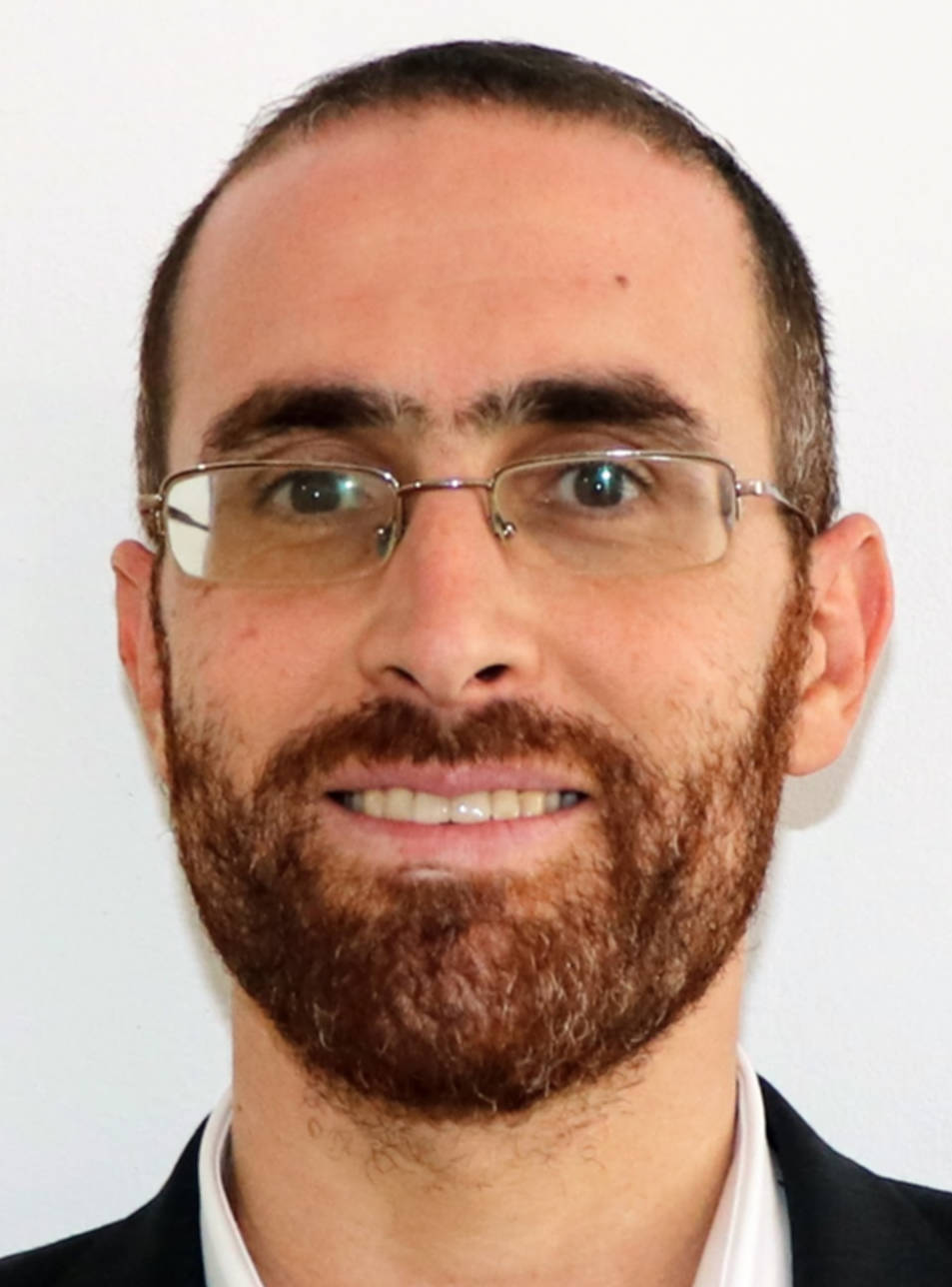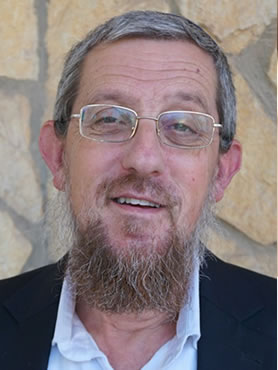Haftorah: "They will Become United in your Hand"
הרב אברהם ריבלין, המשגיח הרוחני לשעבר
In this week's Haftorah, the prophet Yechezkel is commanded to take two sticks, one for Yehuda and one for Yosef, and to bring them close to one another. These two sticks symbolize two forces, which when joined together -- "they will become united in your hand (Yechezkel 37:17) -- build the House of Israel and G-d's Temple among them (37:25).
These forces take on various forms throughout the course of Jewish history. Yet, their foundation is one, and it spans as a central beam from the time of Creation until achieving the ultimate goal in the Messianic era.
On the pasuk, "on the day that Hashem Elokim made earth and heaven" (Bereishit 2:4), Chazal allude to the fact that G-d joined the attribute of mercy to the attribute of justice in the creation of the world. (Bereishit Rabbah, cited by Rashi 1:1)
In the formation of Am Yisrael, these forces found expression in the traits of the patriarchs: Avraham inculcated and instilled in the nation the trait of chesed (loving-kindness), whereas Yitzchak instilled the trait of gevurah (self-control). Yaakov, whose trait is emet (truth), encompasses both forces. (??? encompasses all, from the beginning -- aleph, through the middle -- mem, until the tav at the end.) Each one's wife serves as an "ezer kenegdo" (a helper opposite him). The couple forms a single, harmonious entity through the contrast between the man and woman. Therefore, Sara's trait is gevurah and Rivka's trait is chesed. Yaakov, who had both traits, needed two wives to balance each one of them: Rachel, representing the trait of chesed, and Leah, representing the trait of gevurah. About the two of them together it says, "like Rachel and like Leah, both of whom built up the House of Israel." (Ruth 4:11)
In the continuation of the Am Yisrael's history, these forces find expression in Yehuda and Yosef. Rav Kook explains that the tribe of Yehuda espoused the approach of "service within" whereas the tribe of Yosef espoused that of "service outside." The argument was how Am Yisrael will serve as a light to the nations, whether through fortifying a "closed kingdom" which will radiate the light of truth upon the entire world (an aspect of "a nation that will dwell in solitude"), or through dispersion among the nations while maintaining a connection to the center (an aspect of "all who can see" in the Mishkan of Shiloh).
Later on we encounter the kingdom of Shaul -- a descendent of Rachel -- from the sefira of "yesod," who paves the way for the kingdom of David -- from the descendents of Leah -- who is from the sefira of "malchut."
These two beams later find expression in the nationalistic ideal (Rachel, Yosef) and the religious ideal (Leah, Yehuda). Rav Kook, in his introduction to "Shabbat Ha'aretz," explains that the relationship of these two ideals is what turns the wheels of Jewish history from the period of the monarchy, the exile, and the return to Eretz Yisrael to the beginning of the redemption.
In the end of days, these two forces will be expressed by two Messiahs -- Mashiach Ben-David and Mashiach Ben-David. Through the complete unification the national and religious ideals the words of Yechezkel (37:27-28) in the conclusion of the Haftorah will also be fulfilled:
My dwelling place will be among them; I will be a G-d to them and they will be a people to Me. Then the nations will know that I am Hashem Who sanctifies Israel, when My Sanctuary will be among them forever.
קוד השיעור: 3631
לשליחת שאלה או הארה בנוגע לשיעור:




.jpg)

